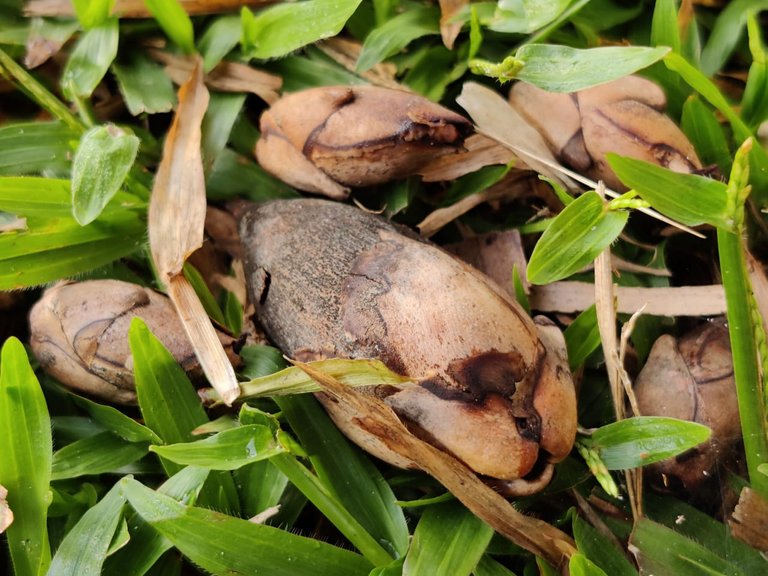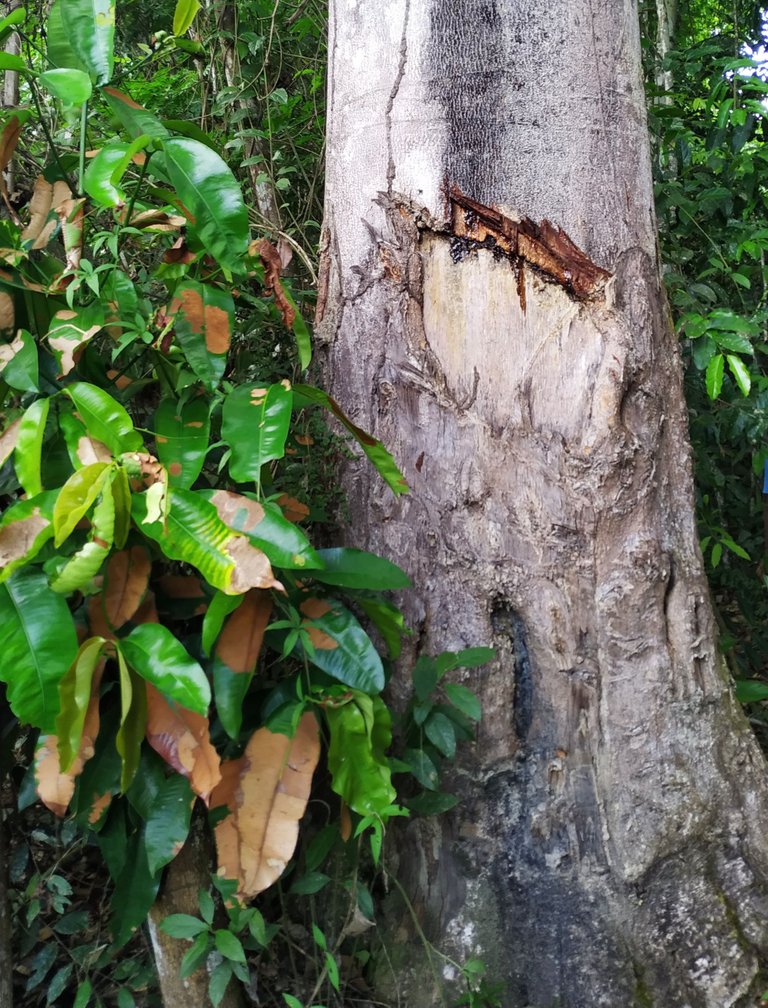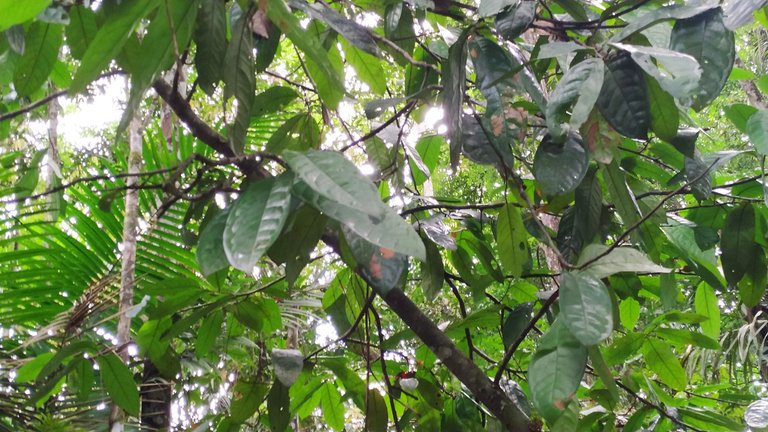After writing about my Raleigh falls trip I thought that I wasn't having anymore of these long trips until next year, but what was I wrong. Not long ago we went on a little four day all-inclusive vacation to Menimi eco resort. I've heard about this destination from others who've already been and it was at Raleigh falls that our interest got piqued again by someone who highly recommended it.

At Menimi there are quite a few activities scheduled, of which one is a walk through the forest with an informative nature. During that stroll we learned about a few of the medicinal herbs our jungles have to offer and about some of the tribal customs. What's fascinating to know, is that this knowledge has been past down for generations for centuries, some even pre-colonial. But bear with me, I didn't have pen and paper at hand and recording the tour guide would've been impractical, so I might have forgotten the names of some of the herbs.

Photo by @rarej. The maripa fruit
We started the tour with an explanation of how the women (emphasis by the guide on women 😅 and I chose to remember that it's not my custom and that I had to be respectful) gather the Attalea maripa (maripa palm) fruits. After letting the maripa dry for a while, the villagers grind those and drain the oils from it. It's used for hair, skin and even for cooking and baking.

Then, we learned about a bitter herb that's good against colds, for cleaning the insides, etcetera. There was also a tree of which pieces of the trunk get chiseled off and put into drinks (alcohol). The men use this drink to (re)vitalize themselves. And then there's the yarakopi (Siparuna guianensis) leaf, that's being used as a steam bath for the lady parts of women.

We also came across a tree that's popularly known as a Telephone tree, because it was and is still being used to communicate in the jungle. Especially by villagers and/or hunters and gatherers who have gotten lost and need to transmit their location by hitting the trunk. And then there's the Ingi pipa - which I've kept for last, because of its historical value - that was being used by the indigenous males to cover their member as underwear wasn't commonly used.

